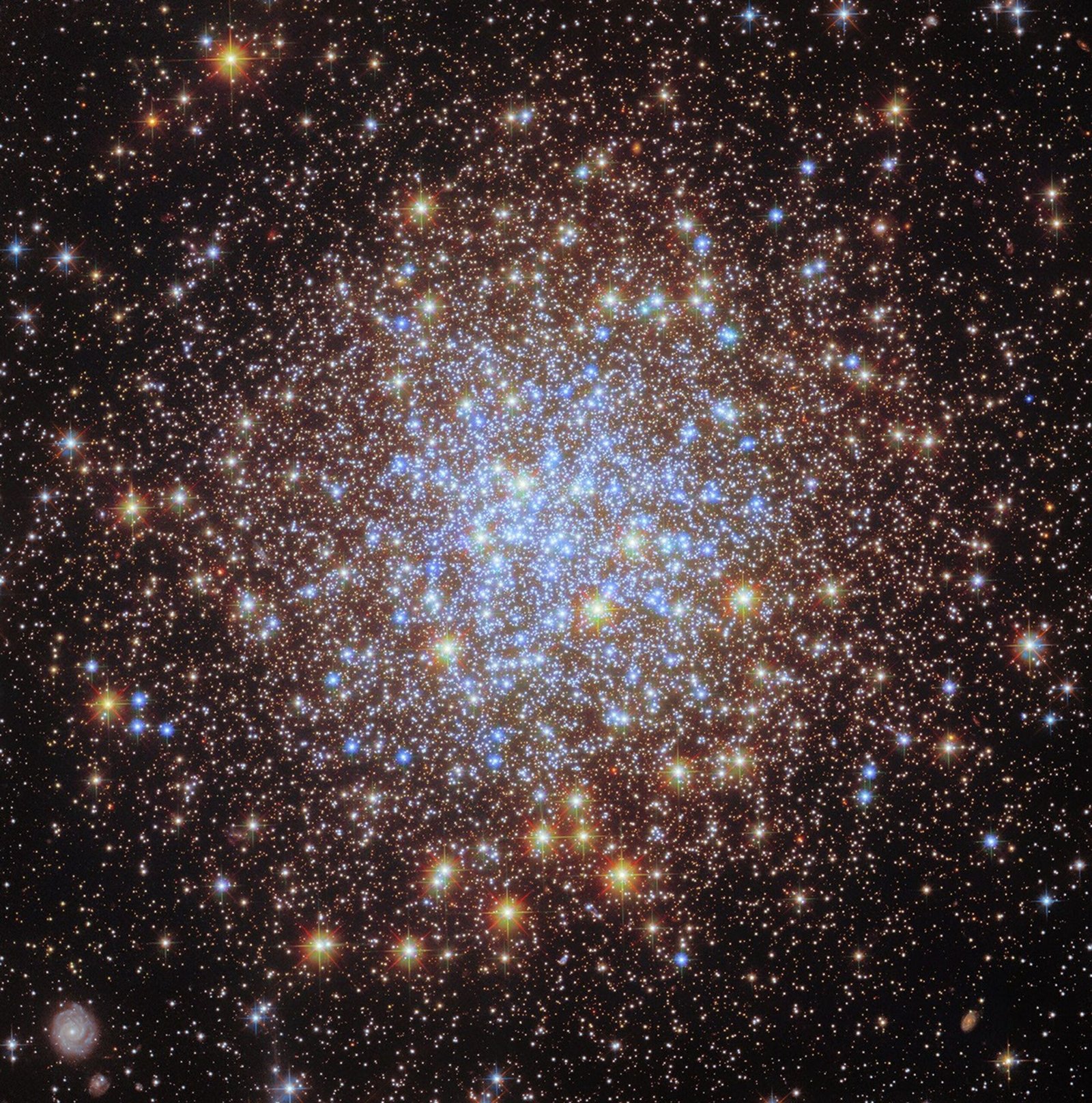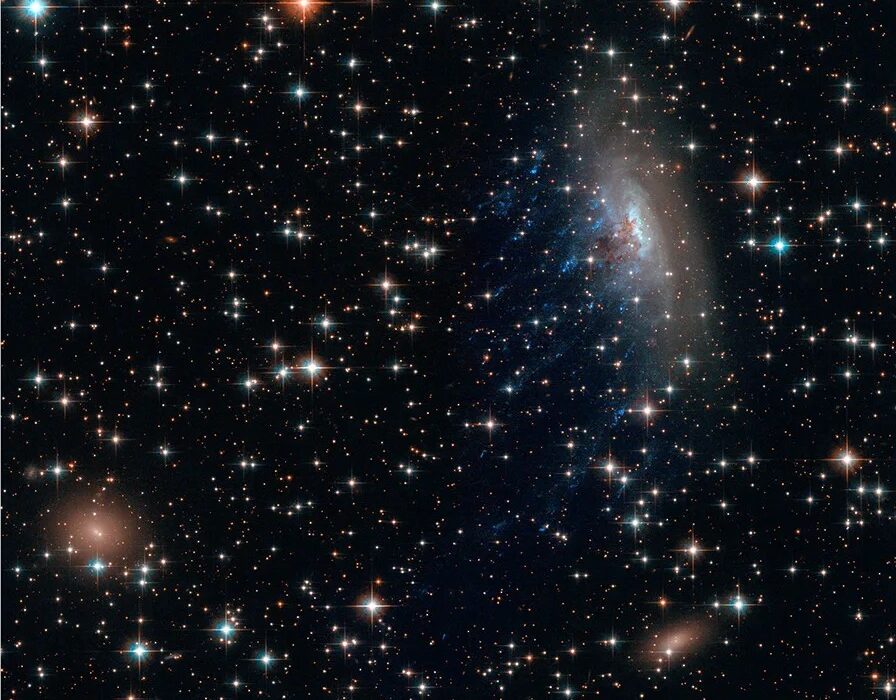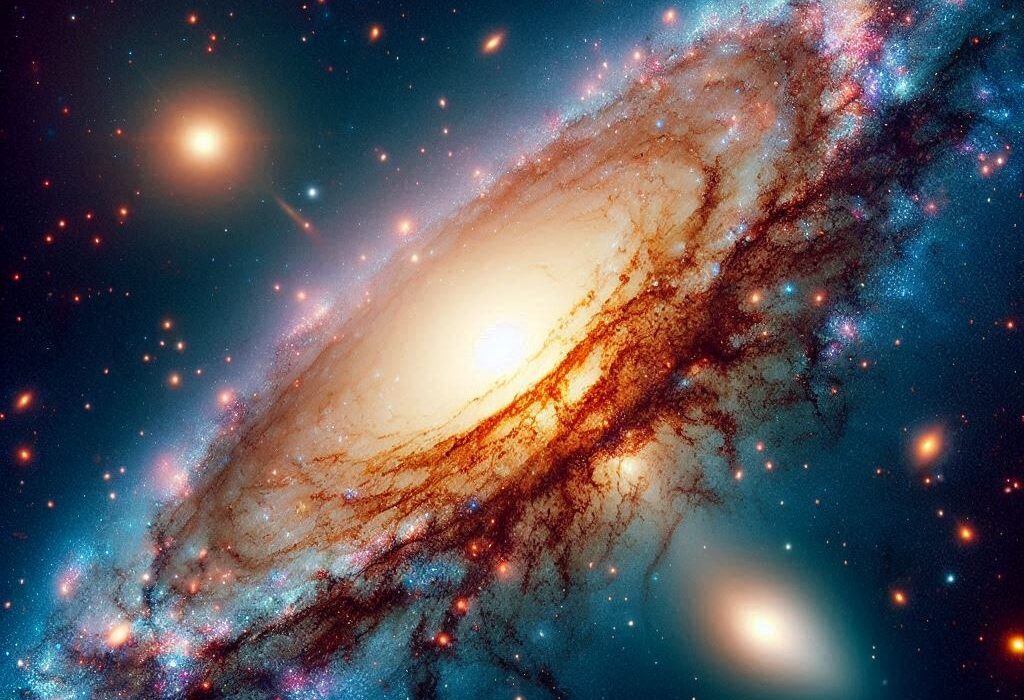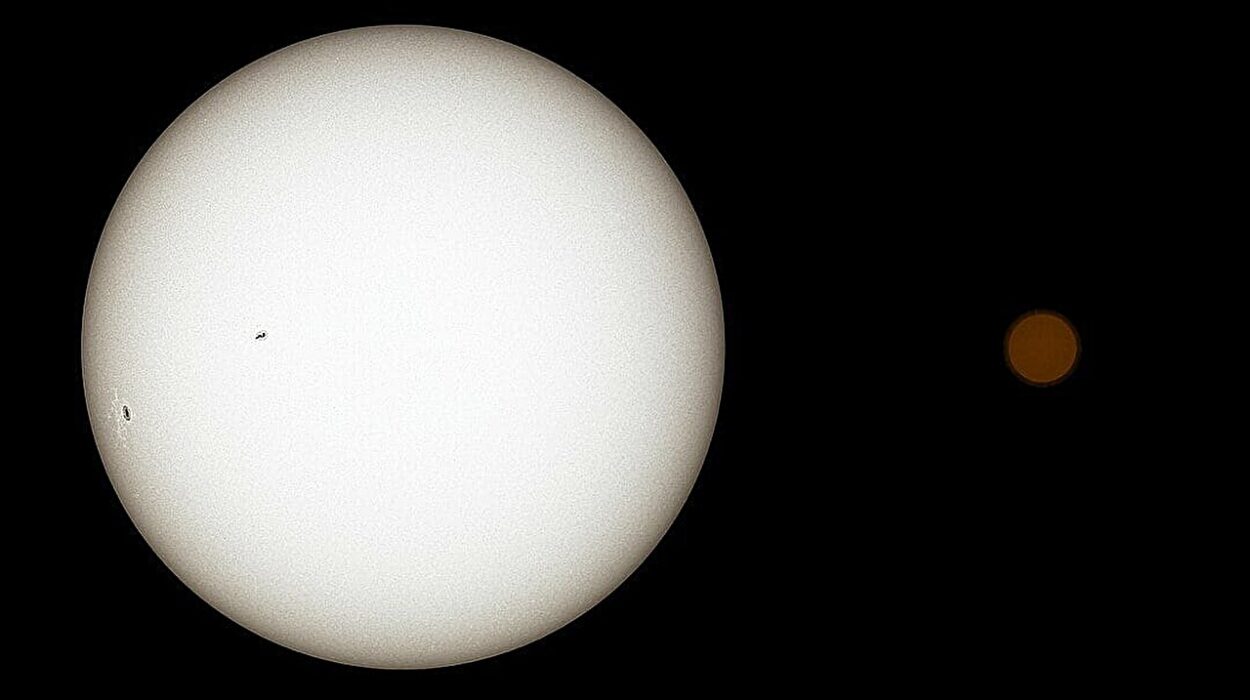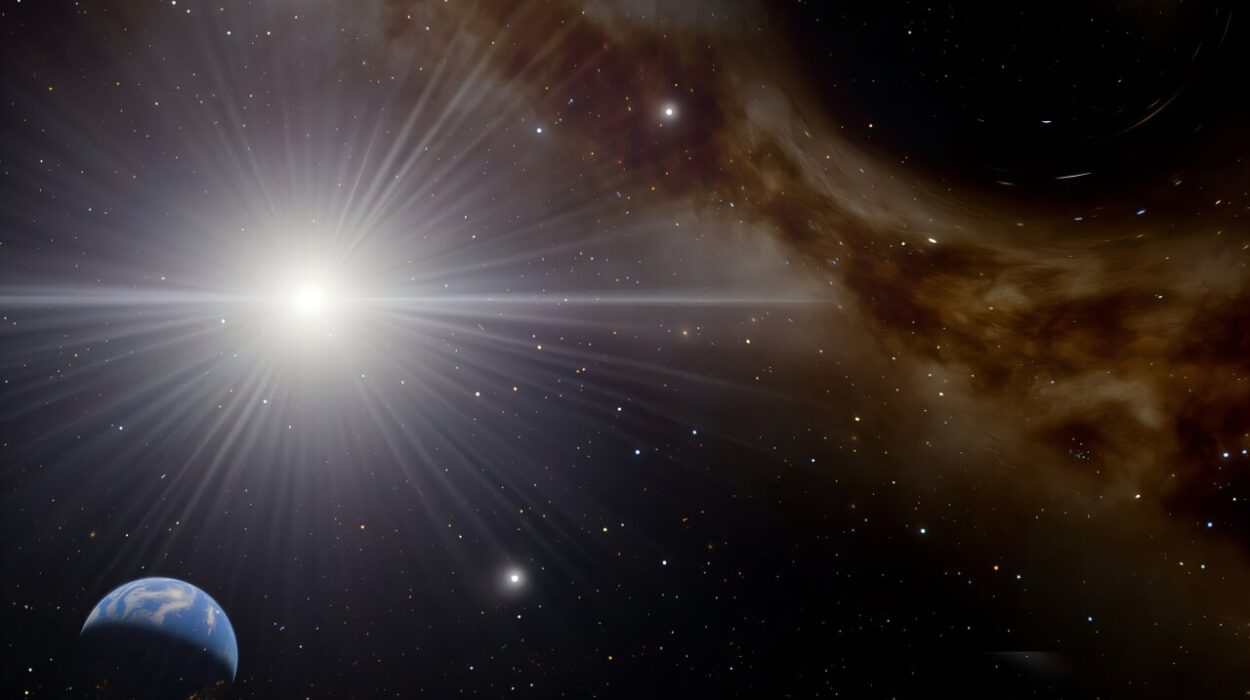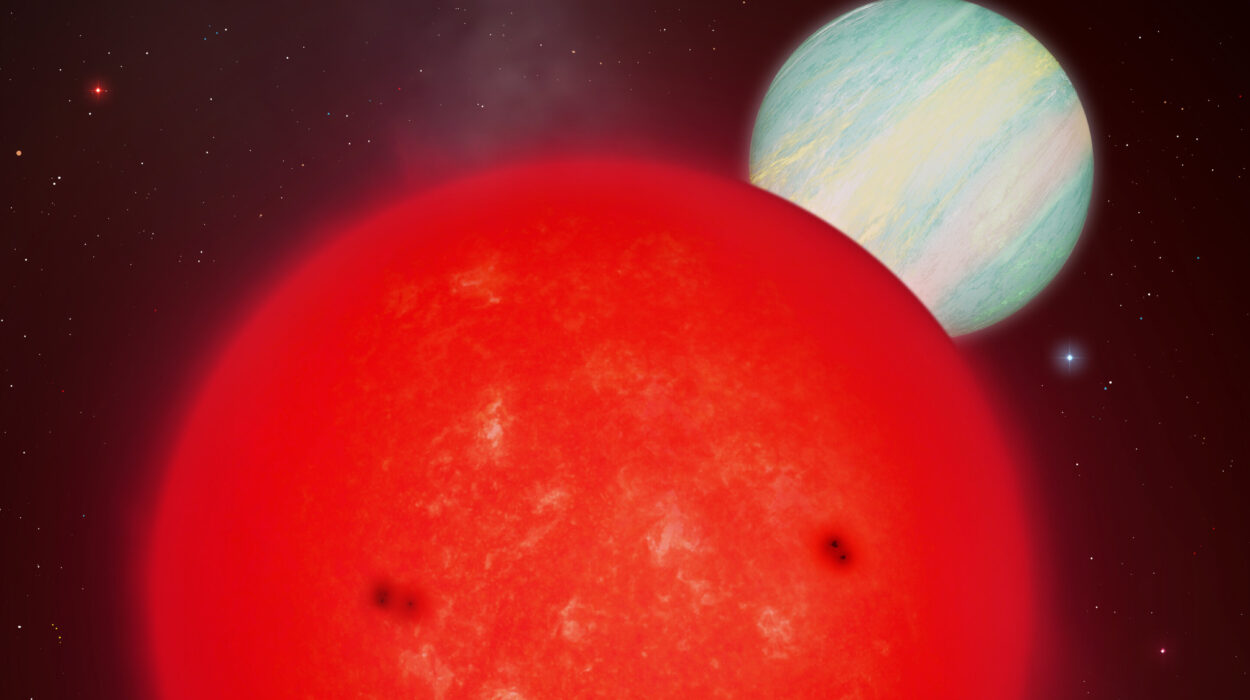As part of the European Space Agency’s (ESA) dazzling celebrations for Hubble’s 35th anniversary, a series of spectacular cosmic revisits have taken center stage. Among the treasures polished anew with modern techniques is the mesmerizing globular cluster Messier 72 (M72) — a distant yet sparkling congregation of stars that, under Hubble’s latest gaze, reveals more secrets than ever before.
Hubble has always been humanity’s celestial storyteller, offering glimpses into the farthest reaches of the universe. Now, with refined data and advanced imaging methods, ESA has breathed new life into familiar scenes, reminding us that the cosmos is a dynamic, evolving masterpiece — and that every return to a known object can feel like the first look through a child’s wondering eyes.
A Stellar City on the Edge of the Galaxy
Nestled deep within the constellation Aquarius, about 50,000 light-years from Earth, M72 glows like a distant, frozen firework. To the untrained eye, it might appear as a faint smudge in the sky, but through Hubble’s extraordinary vision, it bursts forth as a brilliant, ordered sphere of ancient stars.
Messier 72 is a globular cluster—a tightly packed sphere of stars bound together by intense gravitational forces. These clusters are cosmic relics, some of the oldest known structures in the universe, each housing hundreds of thousands — sometimes millions — of stars packed into a relatively small region of space.
The gravitational pull within globular clusters is so extreme that it forces stars into a near-perfect spherical shape, orbiting a shared center of mass like synchronized dancers in a glittering celestial ballet. With around 150 such clusters circling our Milky Way galaxy, M72 is among the most remote in Messier’s famous catalog, offering a special window into the early days of our galaxy.
Painting the Stars: The New Vision of M72
What makes this new image of M72 so remarkable is not just the clarity, but the rich palette of colors that Hubble’s updated view reveals. Unlike the earlier photographs, which relied solely on visible light, the new observations integrate ultraviolet light, allowing astronomers to peer deeper into the cluster’s secrets.
In this latest portrait, vivid blue stars blaze fiercely. These stars were once far more massive than our own Sun. Having consumed much of their hydrogen fuel, they have heated up, burning brighter and bluer as they approach the ends of their lives. They are survivors, still defiant, still brilliant.
Scattered among them are bright red stars, immense giants that began life with lower mass. As these stars age, they swell and cool, their outer layers expanding dramatically and casting a rich crimson hue. These red giants are visible testimonies to the slow, graceful demise of solar-mass stars.
The striking array of blues, whites, yellows, and reds isn’t just a feast for the eyes — it’s a critical clue for scientists. By studying the different populations of stars — their colors, temperatures, and stages of evolution — astronomers can reconstruct the life stories not only of the stars themselves but of the clusters, and even the galaxies that nurtured them.
A Time Machine into Galactic History
Globular clusters like M72 are more than beautiful. They are cosmic time capsules. Each star within M72 is extraordinarily ancient, some dating back over 10 billion years, to an era when the universe was still in its infancy. The stars formed from the primordial gases left behind by the Big Bang and the first generations of stellar deaths.
This antiquity makes M72 and its siblings invaluable to astronomers. Studying them helps us understand how galaxies, including the Milky Way, built themselves up from smaller structures. The metallicity (the proportion of elements heavier than hydrogen and helium) in these stars offers crucial data about the chemical evolution of the early universe. The way stars are distributed within the cluster — their motion, density, and interactions — provides clues about how dark matter and gravity have shaped the cosmos.
In a way, observing M72 is like looking into a mirror reflecting a time when the universe was young, chaotic, and full of raw potential.
A Discovery from the Age of Enlightenment
M72’s journey into humanity’s gaze began long before Hubble’s eye opened to the heavens. It was first spotted in 1780 by Pierre Méchain, a skilled French astronomer and a close colleague of the famous Charles Messier. Méchain, while sweeping the skies in search of comets, stumbled upon the faint smudge that would become the 72nd entry in Messier’s catalog of “nebulae” — objects that appeared fuzzy in telescopes of the time.
Though Méchain’s telescopes were primitive by modern standards, his discovery represented a leap forward in the cataloging and understanding of the night sky. Little did he know that centuries later, the same cluster would be revisited with space-based observatories capable of resolving individual stars that he could only dream of seeing.
Interestingly, M72 was the first of five star clusters that Méchain would discover, highlighting his significant yet sometimes overshadowed contribution to the golden era of astronomical exploration.
The Silent Dance of Stars
Despite its serene appearance, M72 is anything but static. The stars within the cluster are in constant motion, swirling around their shared center of mass at speeds of tens of kilometers per second. Over millions of years, gravitational interactions between stars cause them to slowly migrate through the cluster. Some stars are even ejected, flung into interstellar space by gravitational slingshots.
In the dense heart of the cluster, stars may pass within a light-year of each other — a proximity unfathomably close by cosmic standards. These interactions, over time, shape the structure of the cluster, gradually leading to phenomena such as core collapse, where the center grows denser and hotter as stars migrate inward.
Such dynamic processes provide astronomers with a living laboratory to study gravitational interactions on scales impossible to replicate on Earth.
Beyond Beauty: The Science of Hubble’s Anniversary Revisit
The reprocessing of M72 is not merely a celebration of visual beauty. The addition of ultraviolet data allows researchers to differentiate between different generations and types of stars with unprecedented precision. Ultraviolet light highlights hotter, younger (or chemically unusual) stars, which are otherwise difficult to distinguish in visible light alone.
Understanding the stellar populations within globular clusters has broader implications. It sheds light on questions like: Why do some clusters have multiple generations of stars? How do clusters survive tidal forces as they orbit the galactic core? Are some clusters remnants of dwarf galaxies consumed by the Milky Way?
These questions strike at the heart of cosmic evolution, making every improved observation a crucial puzzle piece in the story of the universe.
The Enduring Magic of Hubble
As the Hubble Space Telescope marks 35 years of operations, images like this new view of Messier 72 remind us of Hubble’s unique role in bridging the gap between the scientific and the sublime. Hubble has not merely cataloged stars, galaxies, and nebulae — it has told stories of cosmic birth, death, and everything in between.
Though newer observatories like the James Webb Space Telescope (JWST) are now peering even deeper into the cosmos, Hubble remains a vital instrument, revealing wonders that lie closer to home, yet no less wondrous. Its sharp eyes and enduring legacy continue to inspire awe and curiosity in scientists and the public alike.
A Cosmic Legacy, A Future of Discovery
The revisitation of Messier 72 is more than a technical achievement; it is a poetic act. It reminds us that science, like art, benefits from new perspectives, from the courage to look again, to ask different questions, and to find new meaning in familiar places.
As ESA and Hubble celebrate a rich legacy of exploration, the journey is far from over. Each star cluster, galaxy, and nebula revisited becomes not just a new image but a renewed invitation — to wonder, to explore, and to dream beyond the stars.
And so, M72 shines anew in Hubble’s latest gift to humanity: a sparkling, spherical relic from the dawn of time, carrying the silent, everlasting music of the universe across the oceans of space and centuries of human curiosity.
